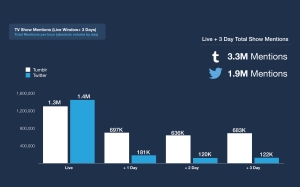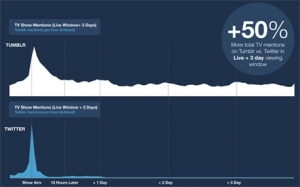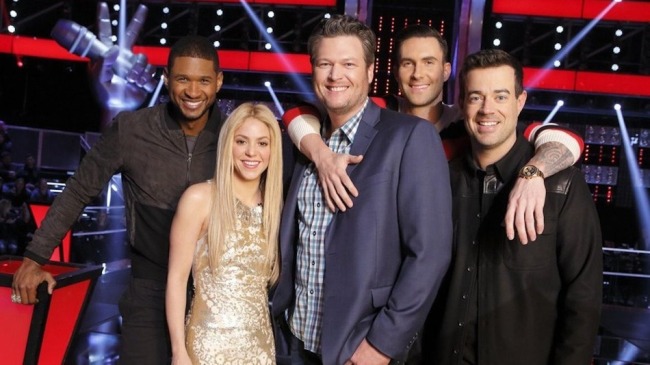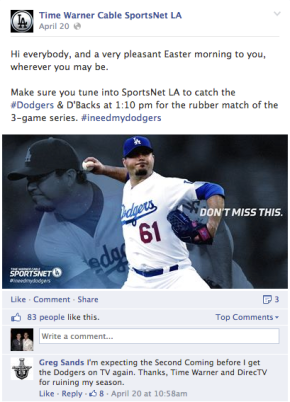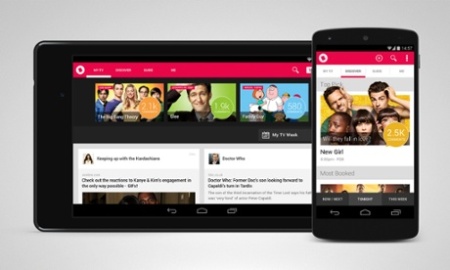
Live music broadcasts on television are experiencing a serious comeback, with viewers and sponsors eager to tap into the action. In the past decade, popularity of such broadcasts was declining, especially among young viewers. Recently however, live music events have pulled in massive live, at home, and digital audiences. Some recent examples of such broadcasts that have influenced conversations on social platforms include the Grammy Awards and the Beatles 50th Anniversary.

This year, the Grammy Awards was viewed by over 28 million people, one of the best showings in decades. The Grammy’s is the second most viewed of award shows, next to The Oscars, and garnered over 34 million social media interactions, a record setting accomplishment in the 2013-2014 season social events, according to SocialGuide.

“The Beatles: The Night That Changed America- A GRAMMY Salute” celebrated the 50th anniversary of The Beatles’ performance on The Ed Sullivan Show. The performance by Paul McCartney and Ringo Starr was legendary and was accompanied by guest performances and presentations by Maroon 5, Alicia Keys and John Legend, David Letterman, Brad Paisley and Pharrell Williams, and Stevie Wonder (among others) making it a live music event that will go down in history. The broadcast created a lot of chatter on social media, especially on Twitter, with performers sharing sneak peaks and audience members anticipating and applauding the show.
The buzz around live music airings has established these shows as prime air time for sponsors and advertisers, who are willing to allocate large portions of their budgets to these broadcasts because of the escalated live viewer engagement — CBS charged advertisers as much as $1 million for a 30-second spot during the Grammys. Music is the most-discussed topic on Twitter in America, and advertisers are aware that leveraging these audiences has the potential to receive unparalleled reach.
Brands are eager to cash in on live music experiences, as research has found that live music audiences are more receptive of advertisements and sponsors than audiences at sporting events, charity events, and art exhibitions. This broadcast genre has infinite capacity, as there is always audience appetite, and hence social engagement.
“The nature of live television and those types of events, it’s the time, it’s the moments that people don’t want to miss,” notes SocialGuide. “That’s the beauty of social … [it] allows you to engage in real time and share that excitement with that larger audience. It’s in the moment, the ability to share in the moment. You know, once the awards are announced, the awards are announced.”
For more information on other live TV music broadcasts and their influence on social platforms, check out Gabirel Beltrone’s piece in AdWeek.

